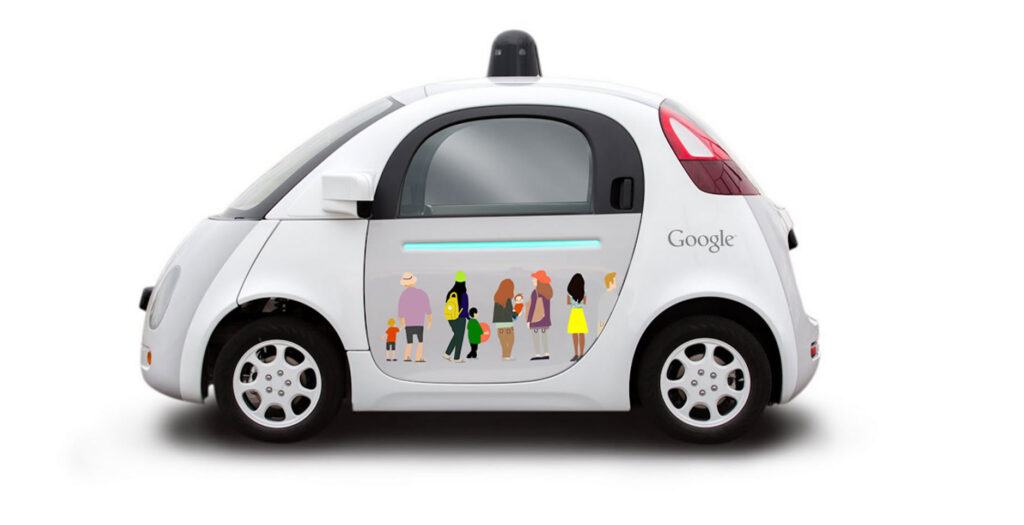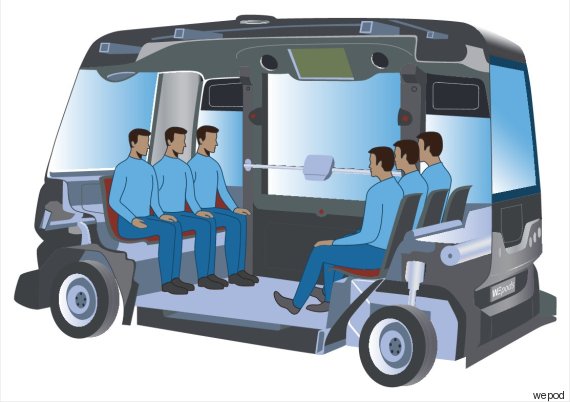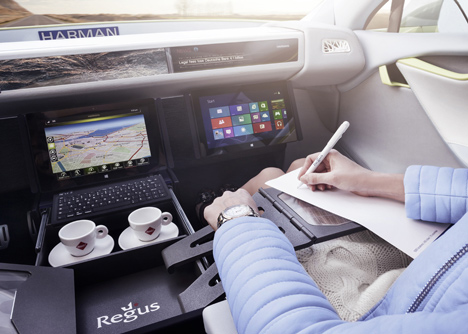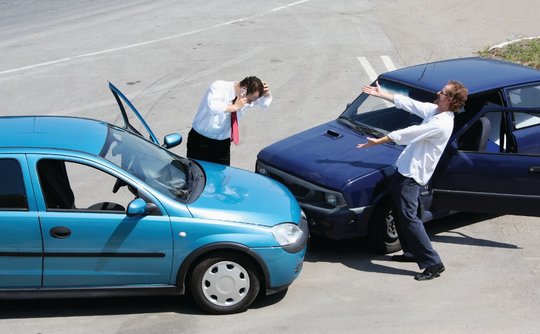A review of 2015 and one or two predictions for 2016
Where should we start with a review of the driverless world in 2015? So much has happened: millions of road miles were racked up by the various players. New cars and self-driving trucks have been revealed, some driverless cars have been hacked with a £10 laser pointer, governments have offered millions in funding, a fake test-city was built in Michigan, and a German consortium bought Nokia’s “Here” mapping software for the knock-down price of £2 billion.
Thankfully, driverless collisions have been few and far between. We don’t think any people or any animals have been harmed either, and it seems the autopilot wasn’t to blame in the collisions that did occur. New companies have thrown their hats into the autonomous ring too.
Here are just a few of the driverless “headlights” for 2015 and some suggestions as to what we might see in 2016:
The big names invested heavily in driverless tech
To name but a few… Ford, Citroen, Volvo, Daimler, Tesla, Apple, Google, Baidu, BMW, Audi and Volkswagen all have a variety of research and testing regimes underway. All of which underlines the development of autonomous technology is very serious business indeed.

Google has been at it non-stop
One of their driverless cars was pulled over by the cops for going too slow, which isn’t so much of a surprise when you remember it’s only programmed to drive at 25mph or less in urban areas. They’ve also racked up more than a million test-miles and have more than 50 autonomous cars on the streets of Mountain View, California and Austin, Texas. The tech giant is also set to launch an Uber-style car-sharing app. Not to be out manoeuvred, Uber is launching a self-drive car.
Britain is in pole position
It seems we are leading the way with our approach towards regulation and investment (£20 million so far). Google X – the department responsible for developing its driverless cars – has met with government officials five times in 2015 and highlighted the UK as being a possible example of best practice.

Launches
The Dutch have launched the Wepod, a public transport buggy-bus thing that has been shuttling people between Wageningen and Ede in the Netherlands since November. It is driverless but there is a fully-qualified “driver-steward” on board who is ready to step in if required. The pods are also monitored by a team at Wageningen University at all times too.
Tesla automatically upgraded 60,000 of its cars overnight with semi-autonomous software. The update to the model S unlocks a type of traffic-conscious cruise control which regulates the vehicle’s speed, ability to change lanes and can even find a parking spot and parallel park for you too.
Oh yes, and then there’s George Hotz. He was the first person to hack an iPhone and Sony’s Playstation 3. Now he’s the first person to have built his own self-driving car in a month using off-the-shelf components!
Formula E to launch Roborace
This is where we’ll see electric supercars reaching speeds of more than 180mph! One of the potential benefits of this new racing series could be that “latency” will be improved. Latency refers to how quickly the software in the car’s technology receives, processes and sends signals to and from other parts of the car. The quicker it can do that, the faster it can respond and adapt to changing conditions. Any technological improvements developed on the race track could certainly be applied to driverless cars headed for public roads.

Fantastical claims
According to research by Juniper – who specialise in current and emerging digital opportunities – we could see 20 million driverless cars on the road by 2021. And German carmaker Audi claims driverless cars might even bring about the end of domestic flights! Because if the public and executives can sleep or do work while being driven to their destination, what need is there for them to book a flight or overnight stay in a hotel?
Insurance
Volvo has very much stolen the lead on liability by stating it will bear full responsibility for collisions while its cars are in autonomous mode.
Thoughts for 2016?
Frankly, it really is anyone’s guess. The companies already involved aren’t likely to reveal too much of what they’re working on to maintain their competitive advantage, so we might already be much further along the road to a driverless future than we think. That said, based on what has happened in 2015, we can hazard a reasonable guess as to what will happen in 2016:
New players
It’s highly likely we’ll see new brands – established car manufacturers and new tech companies – entering the market, revealing self-driving vehicles or supporting technology.
Partnerships
Tech giants will likely ramp up their efforts to advance their strategic objectives and build partnerships with other companies including hardware manufacturers, software suppliers, research institutions and governments. They might also strike up tactical partnerships with other car manufacturers too, making the best of both brands’ strengths, market appeal and resource capabilities.

Health and safety
Even if the business impacts and benefits of driverless cars aren’t yet 100% clear, the most compelling case for continuing to develop driverless cars and other autonomous technologies will remain the human factor.
According to the World Health Organisation, more than a million people die in traffic accidents worldwide each year, and up to 50 million more suffer non-fatal injuries. The economic cost alone of those crashes runs into billions, whether in lost productivity, legal costs, congestion or emergency services. But these costs and deaths could potentially be eliminated with driverless cars: by taking control away from the people who cause more than 90 per cent of road accidents.
Still to tackle
As good as driverless cars might already be, they need to get better at dealing with the weather, stray dogs, and children playing near the roadside. Driverless cars might grind to a halt in any one of a thousand different types of snow, mist, fog or drizzle, just as they might never even get out on the road if the regulation and liability concerns aren’t addressed too.

Morality
Would you buy a driverless car if it was programmed to kill you or someone/thing else? This question isn’t likely to go away any day soon because it’s a headline grabber. In reality though, the dilemma of the driverless car having to choose between saving the life of a child in the road or the occupants in the car is very unlikely to occur. This dilemma hardly crops up today, where people are still in charge of the wheel, so if driverless cars are significantly safer at driving then it’s even less likely they’ll be presented with that dilemma. Of course, “unlikely” is a nervous word. If it were you behind the wheel or in front of the car about to be hit, you might want a guarantee you won’t be the target or that you’ll be saved. It seems we want to have our cake and eat it.
